The First Days of Last Days of Pangea
/In August, we checked in on the construction of Postosuchus for our upcoming science show, Last Days of Pangea: In the Footsteps of the Dinosaurs. This exhibit shines a spotlight on the ancient history of Connecticut and surrounding regions. 200 million years ago, all continents were combined together into one supercontinent, Pangea. It was a time of great diversity, when the earliest members of modern groups like mammals, crocodiles, and dinosaurs mingled with oddities that went extinct without leaving living descendants.
When Pangea began to tear apart, everything changed. Massive volcanism covered Connecticut and beyond in lava and resulted in the death of 75% of all species worldwide. This exhibit spans that unique time period, the Triassic diversity before the extinction, and the early days of the Jurassic Period when dinosaurs finally began to reign supreme.
The last days of Pangea were filled with wonder, with death, and then with renewal. This is the story captured in our exhibit.
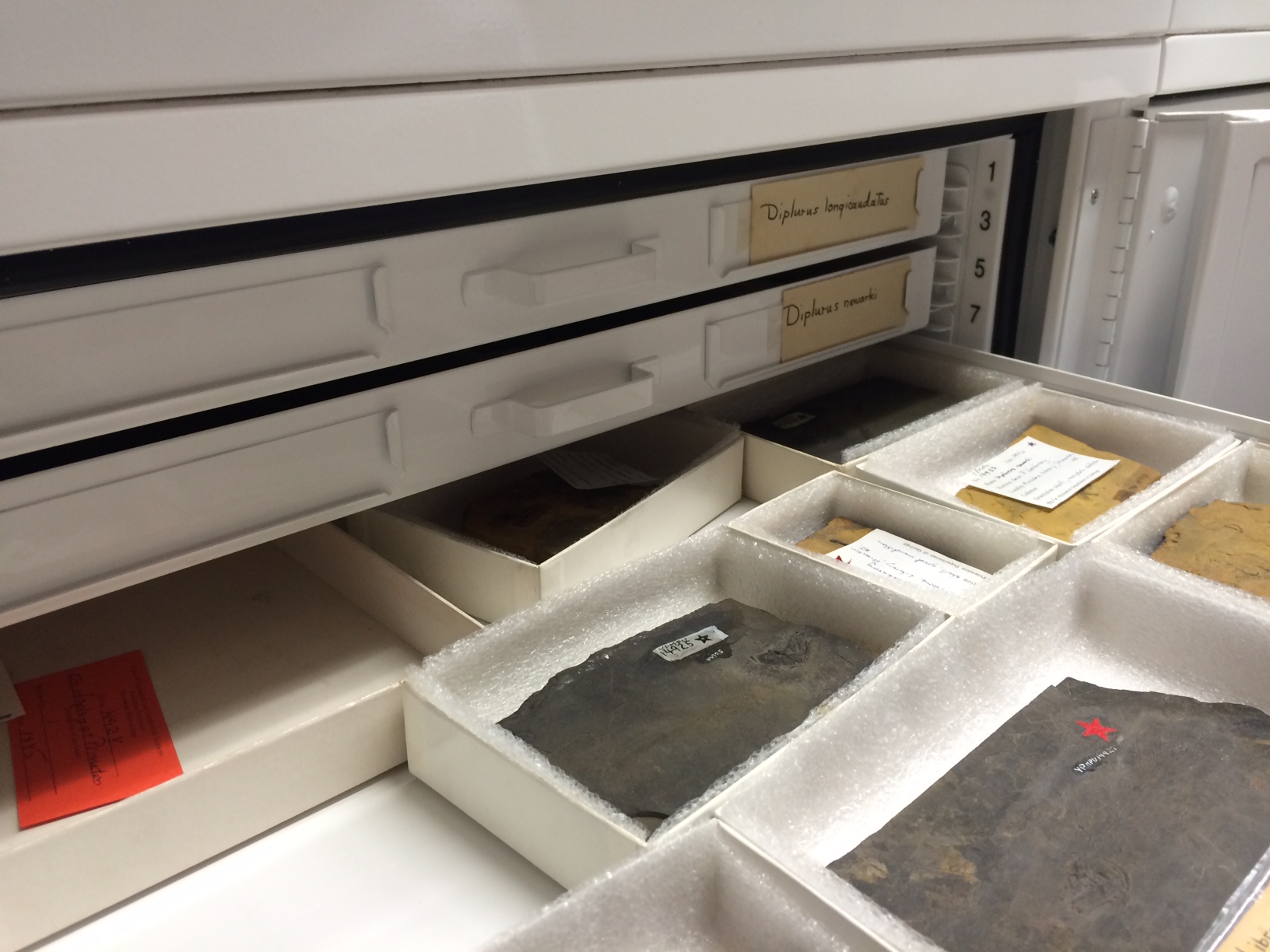
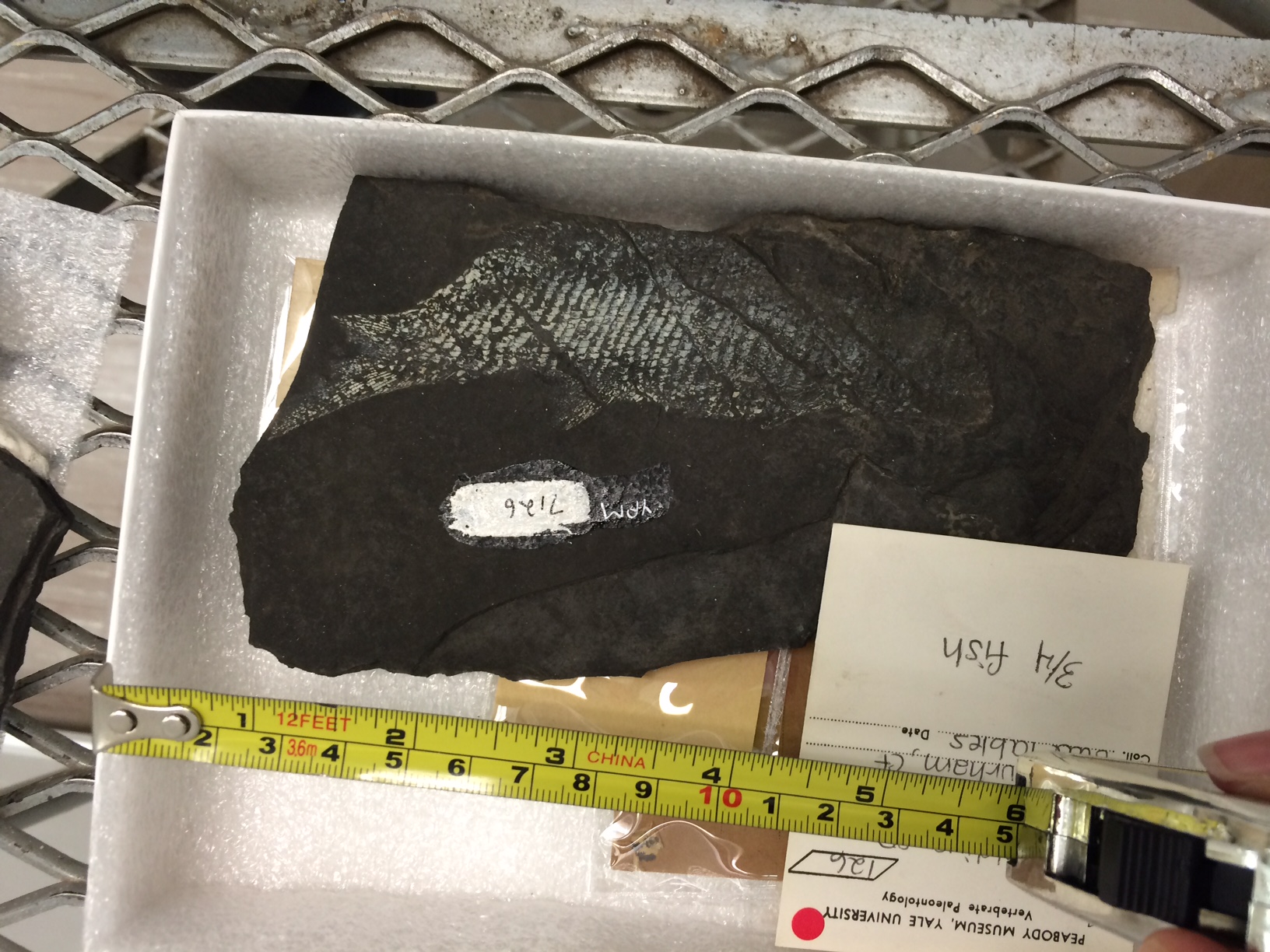
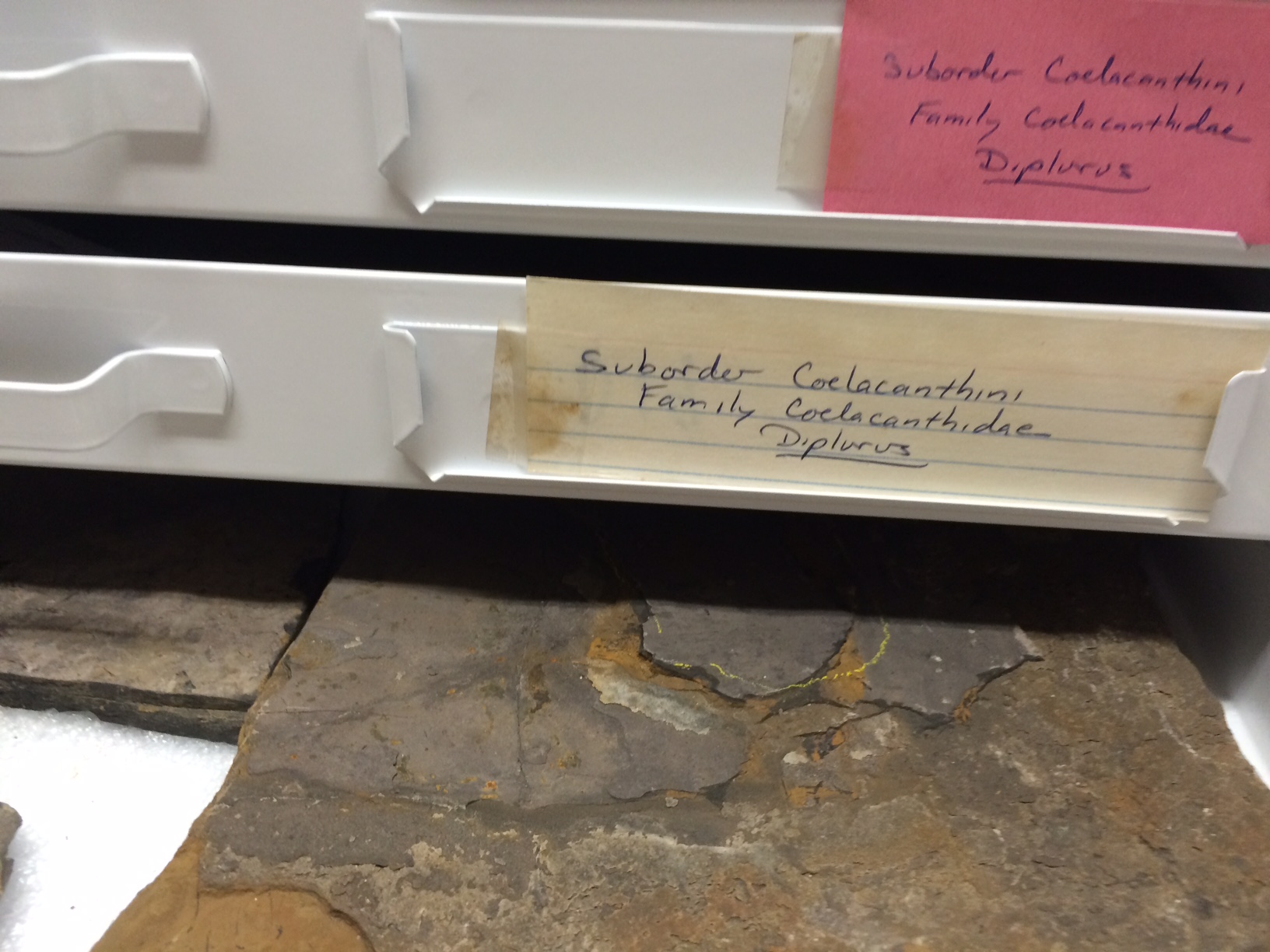
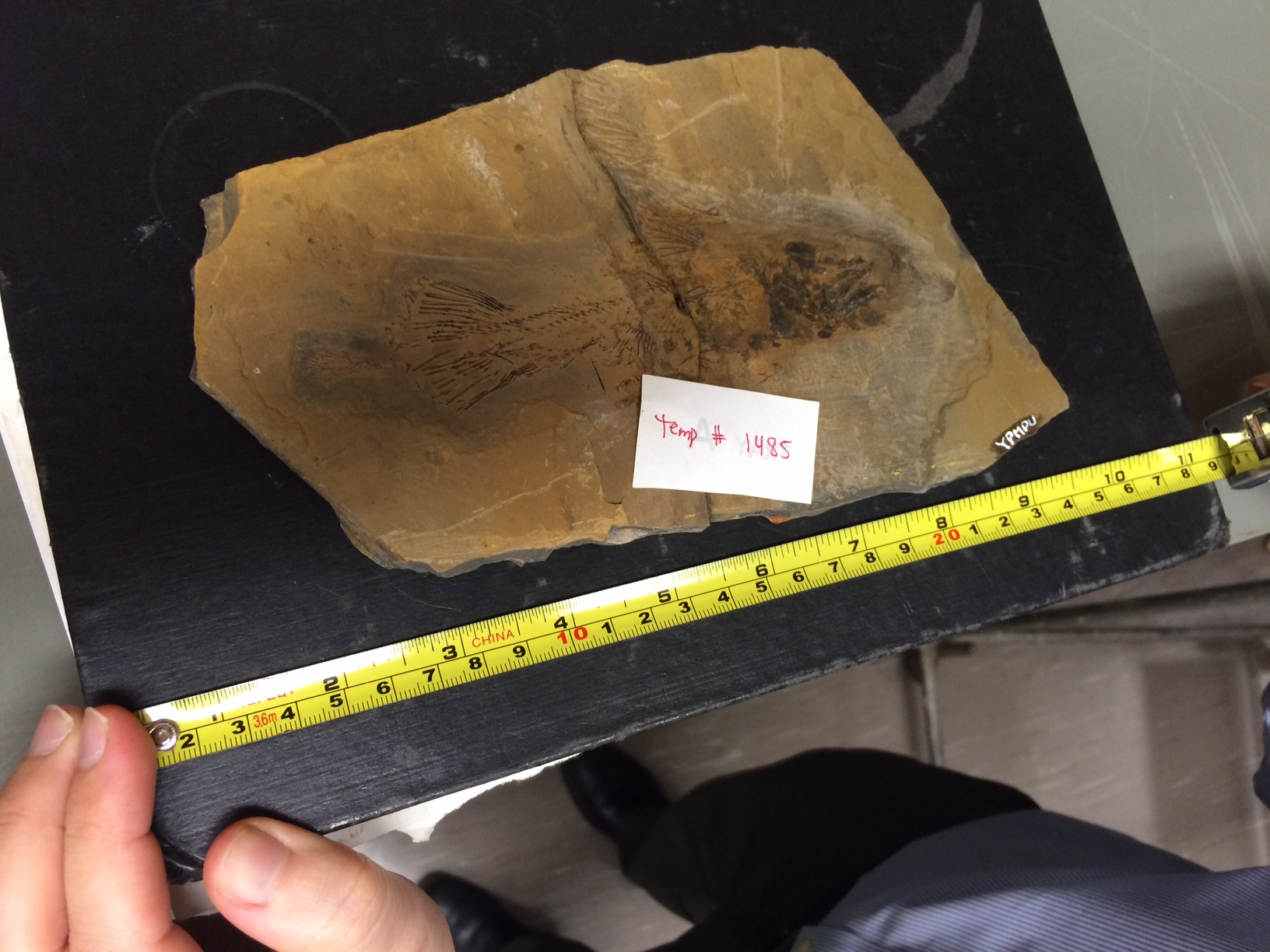
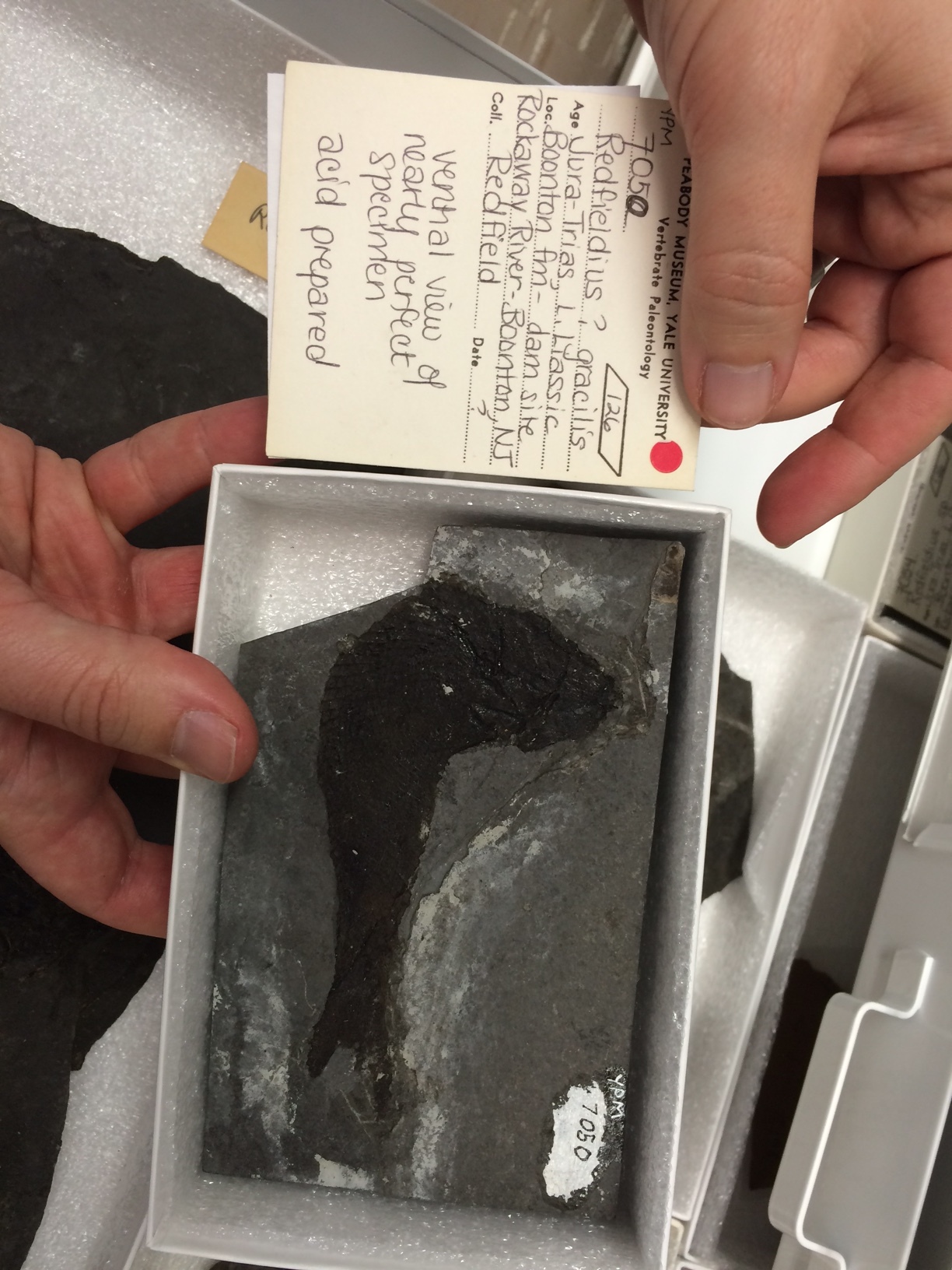
200 million years ago, great lakes cut across Connecticut, filled with all sorts of fish and the reptiles that fed on them. When I look at the fish in their cases, I think back to when Dr. Daniel Ksepka and I visited museums, searching through their collections for the perfect specimens to display.
The Bruce does have its own fossil collection, but in order to put on the best exhibits possible, we often get fossils on loan from other institutions. The goal of any museum is to spread knowledge and most are very happy to lend their objects to be displayed. We have loaned out many of our own science artifacts throughout the years as well.
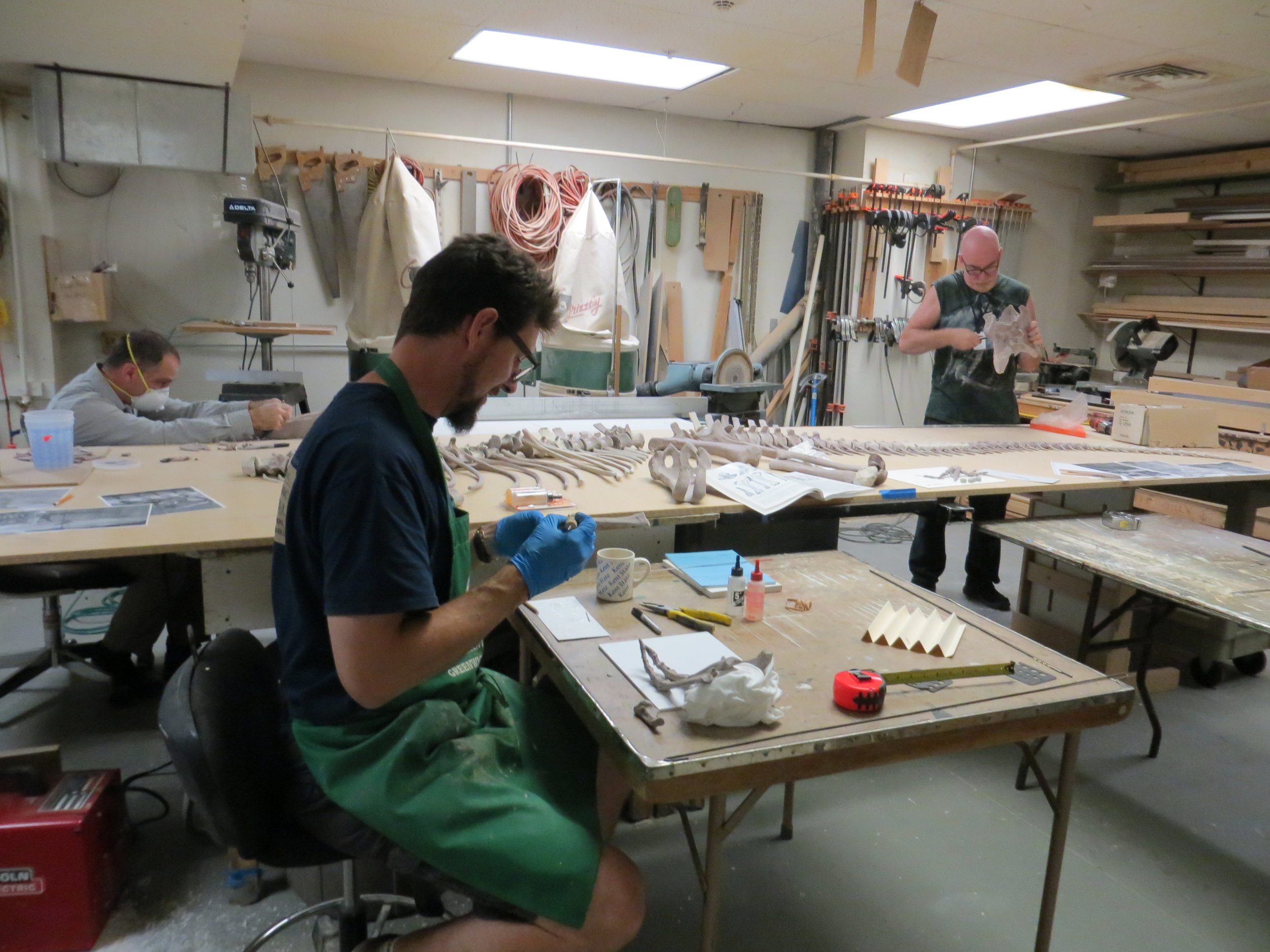
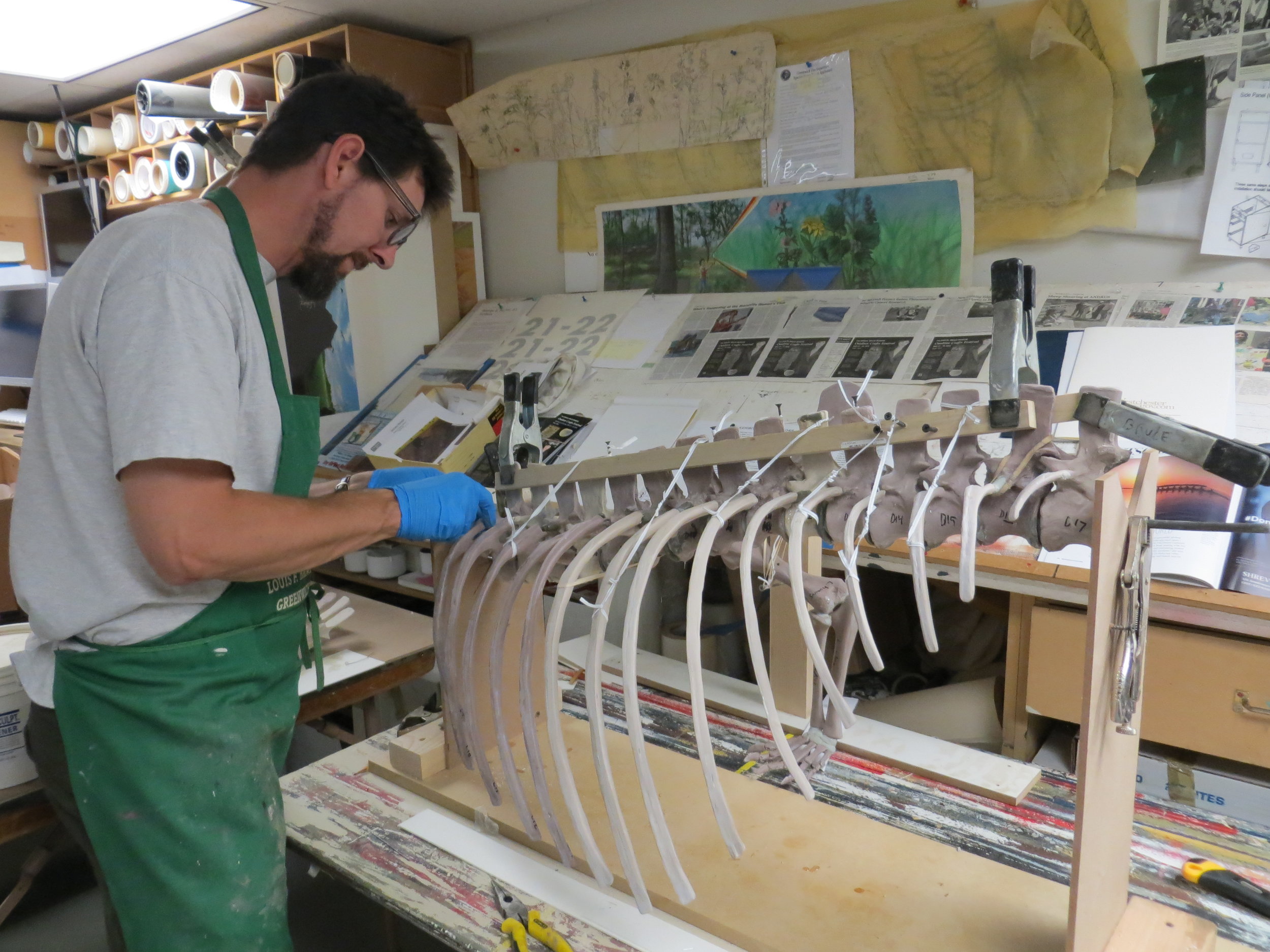

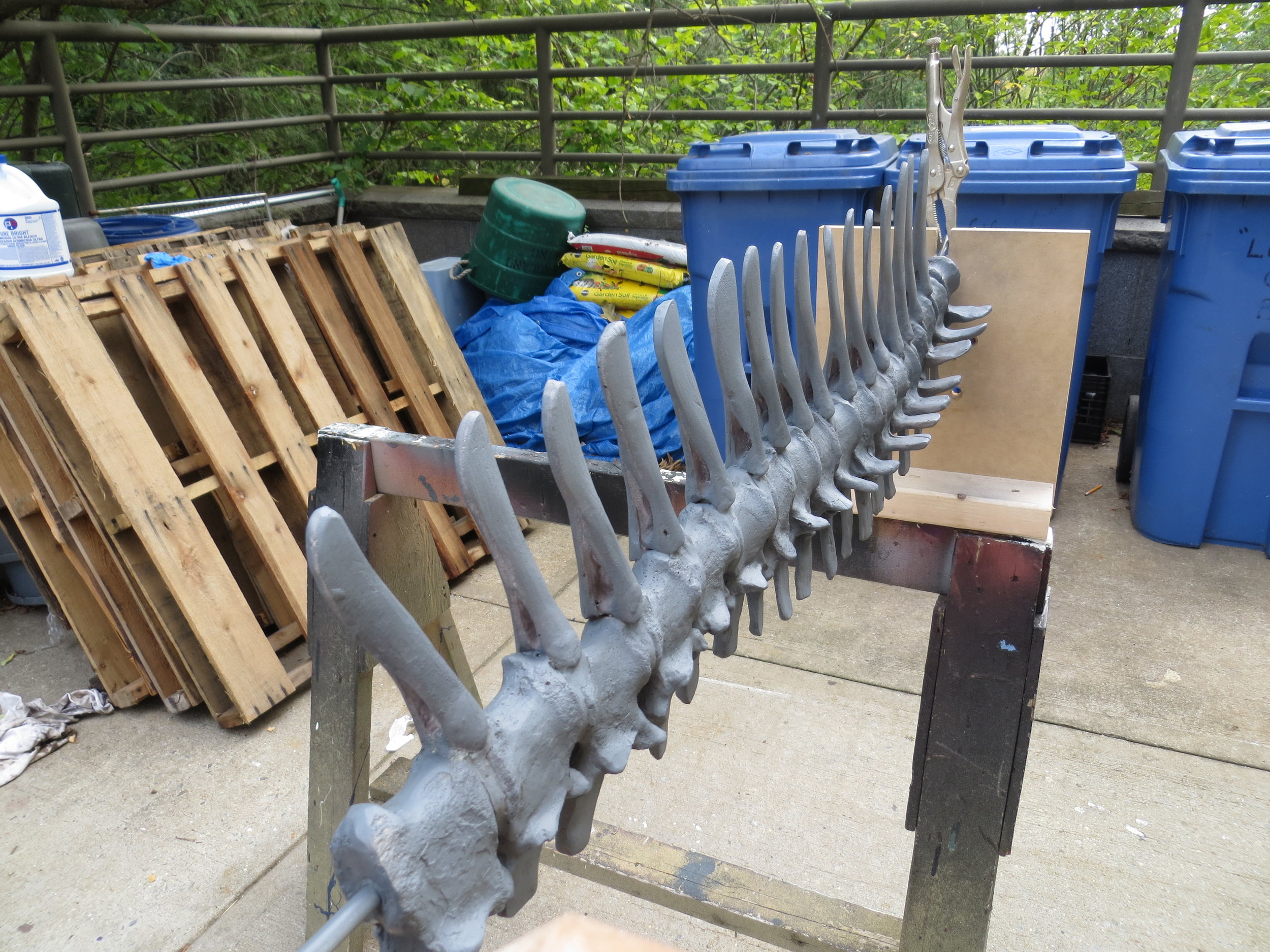
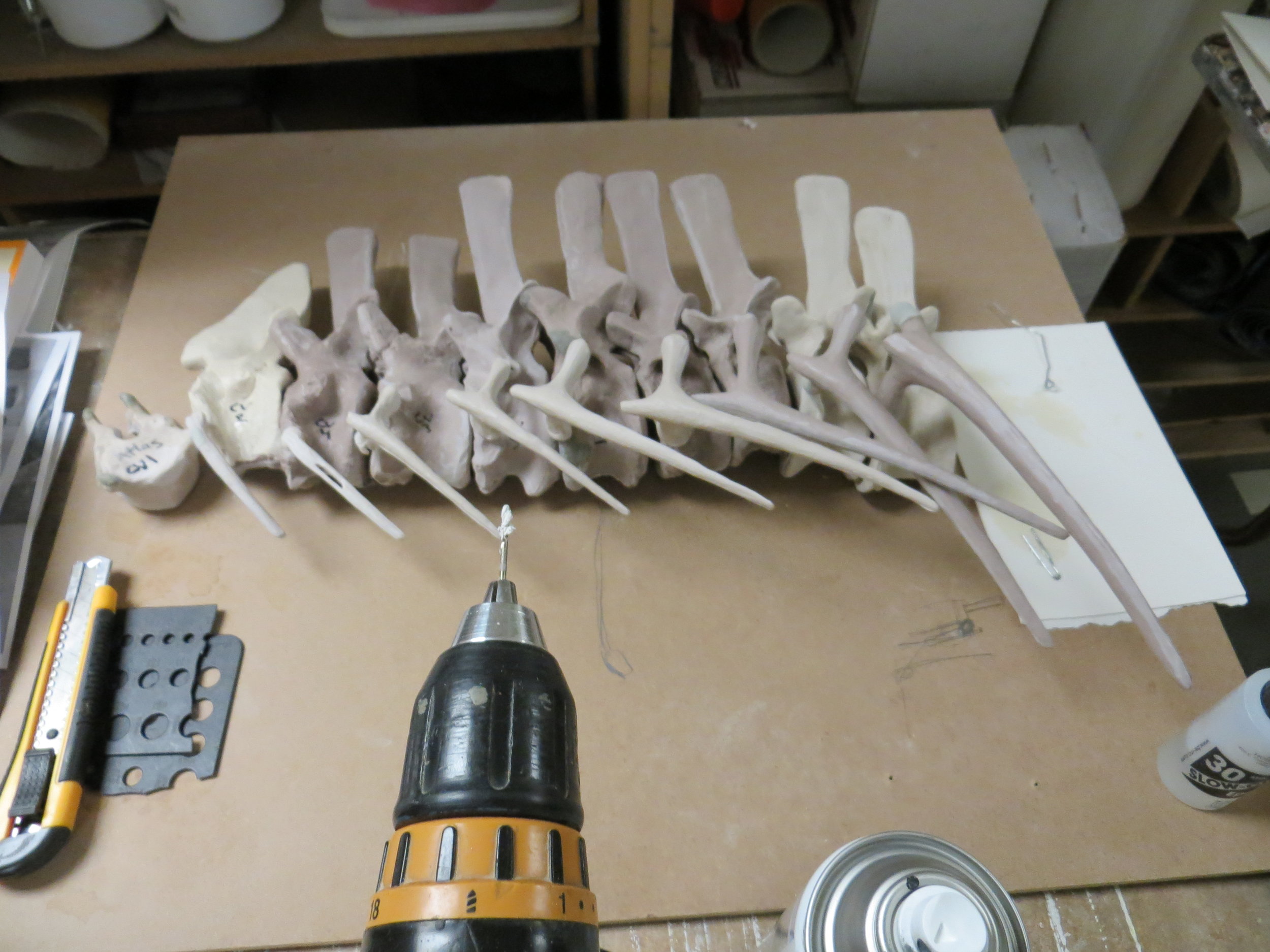
I could easily write a second blog post fully dedicated to the construction of Postosuchus. Our talented exhibition team pulled out all the stops when it came to putting together this ancient beast. Skeletons aren't jigsaw puzzles. It isn't always easy or obvious to figure out what pieces go where and how to position them. Sean Murtha, Dan Buckley, and Tim Walsh had to combine their knowledge of science, engineering, and art to be able to put Postosuchus together accurately, sturdily, and beautifully.
Here, Dr. Ksepka surveys the completed Postosuchus. It was the first piece that went up in Last Days of Pangea. Even when the room was full of ladders and other equipment, Postosuchus had an undeniable majesty.

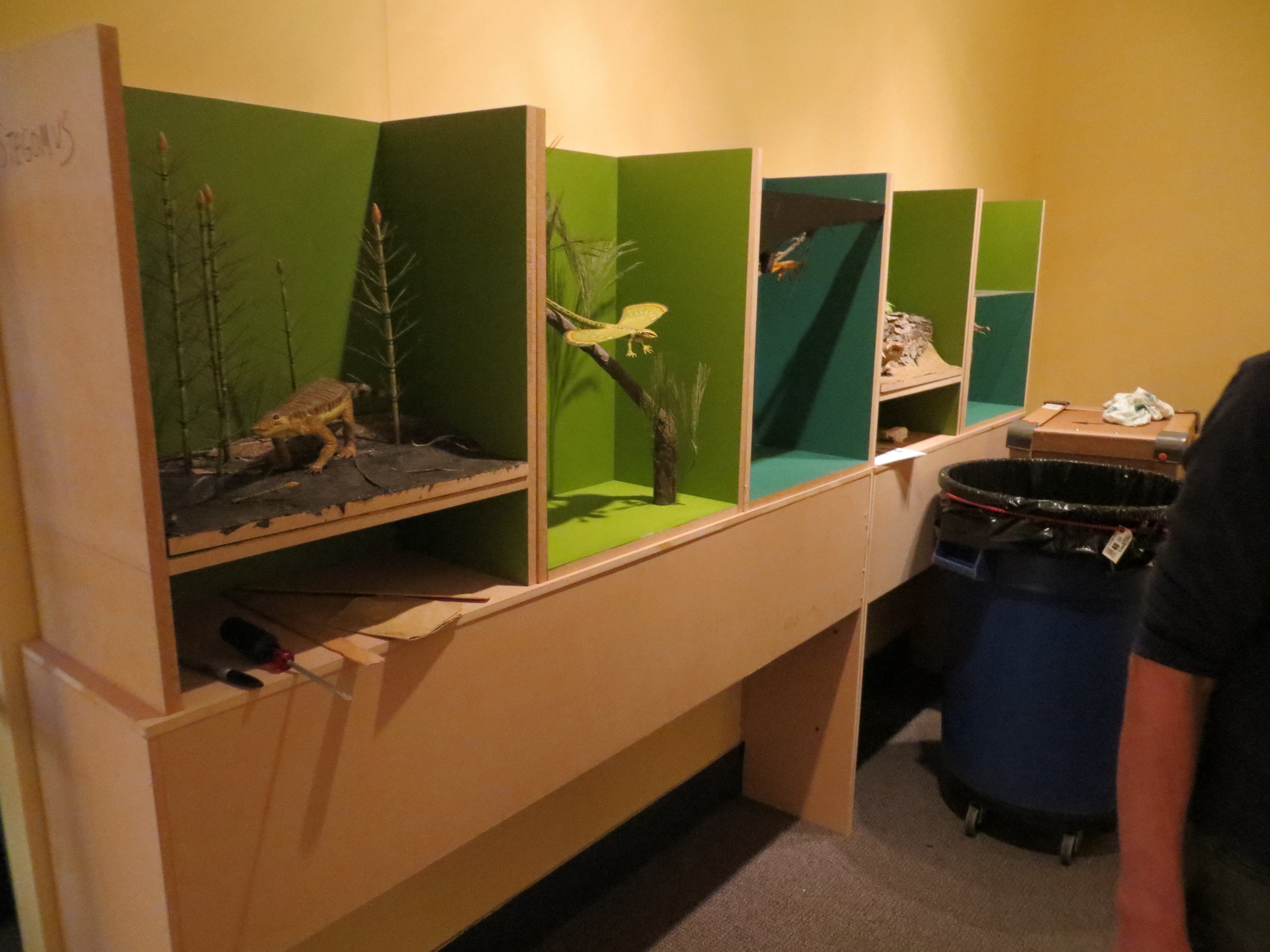
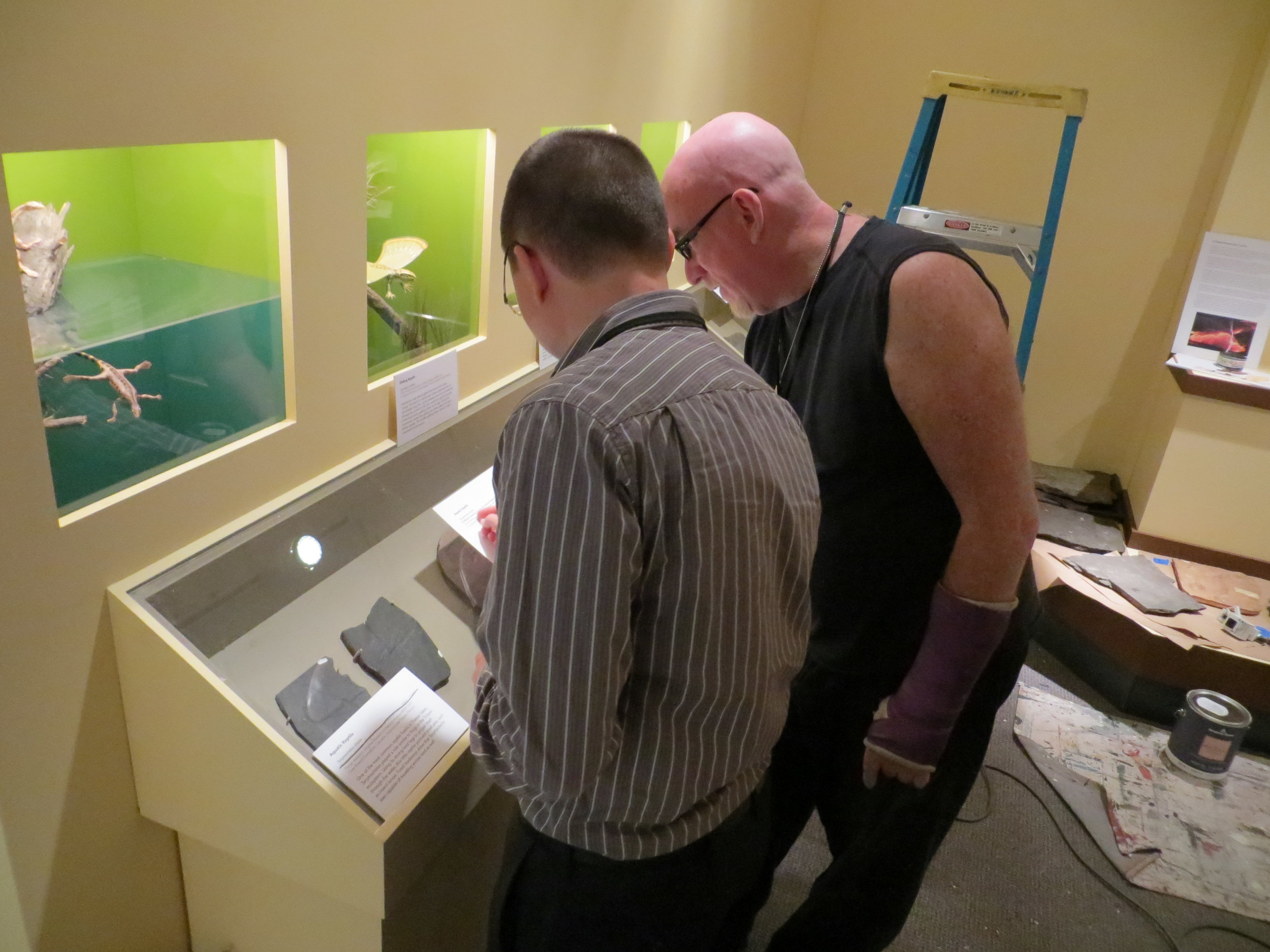
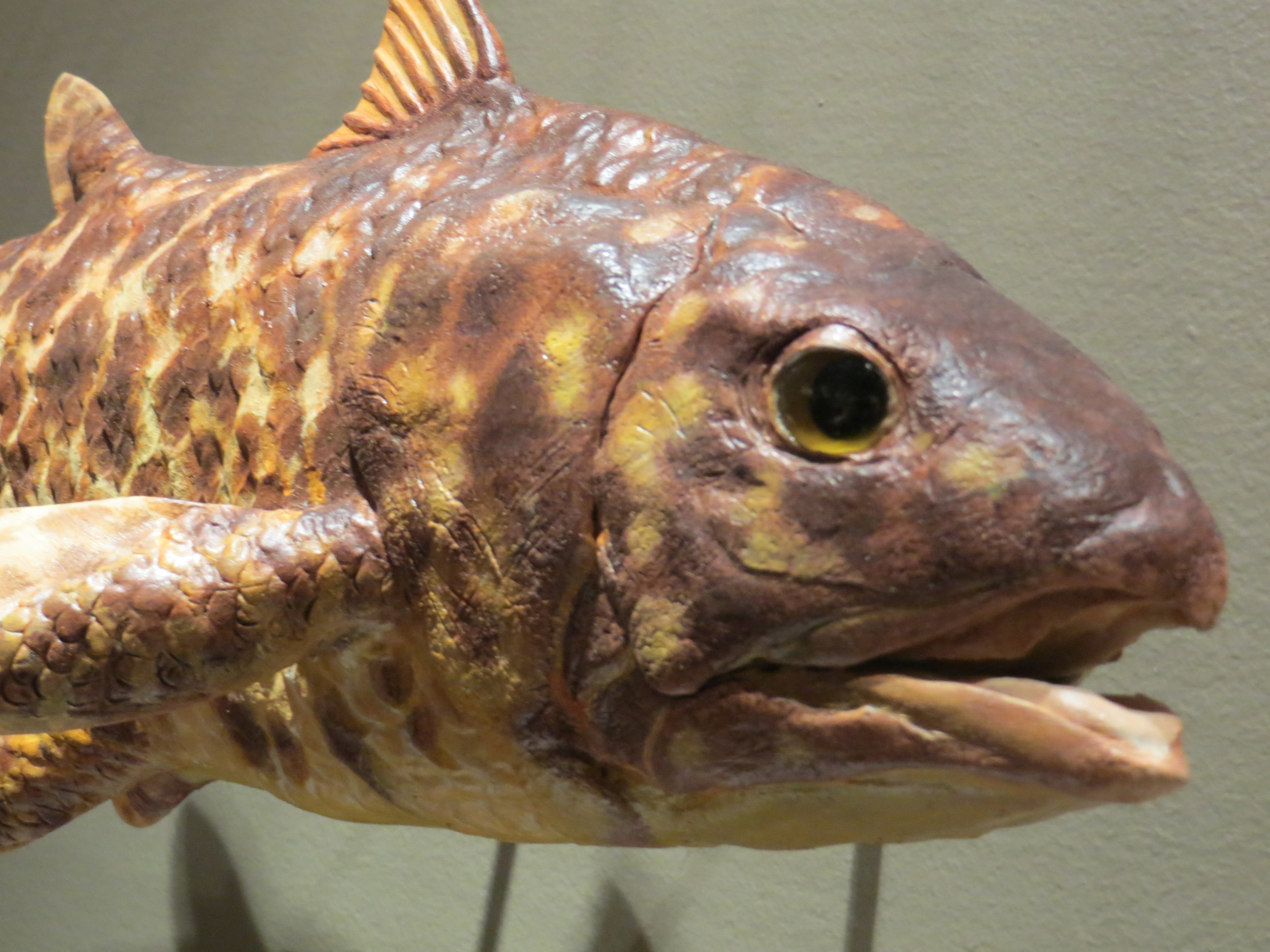
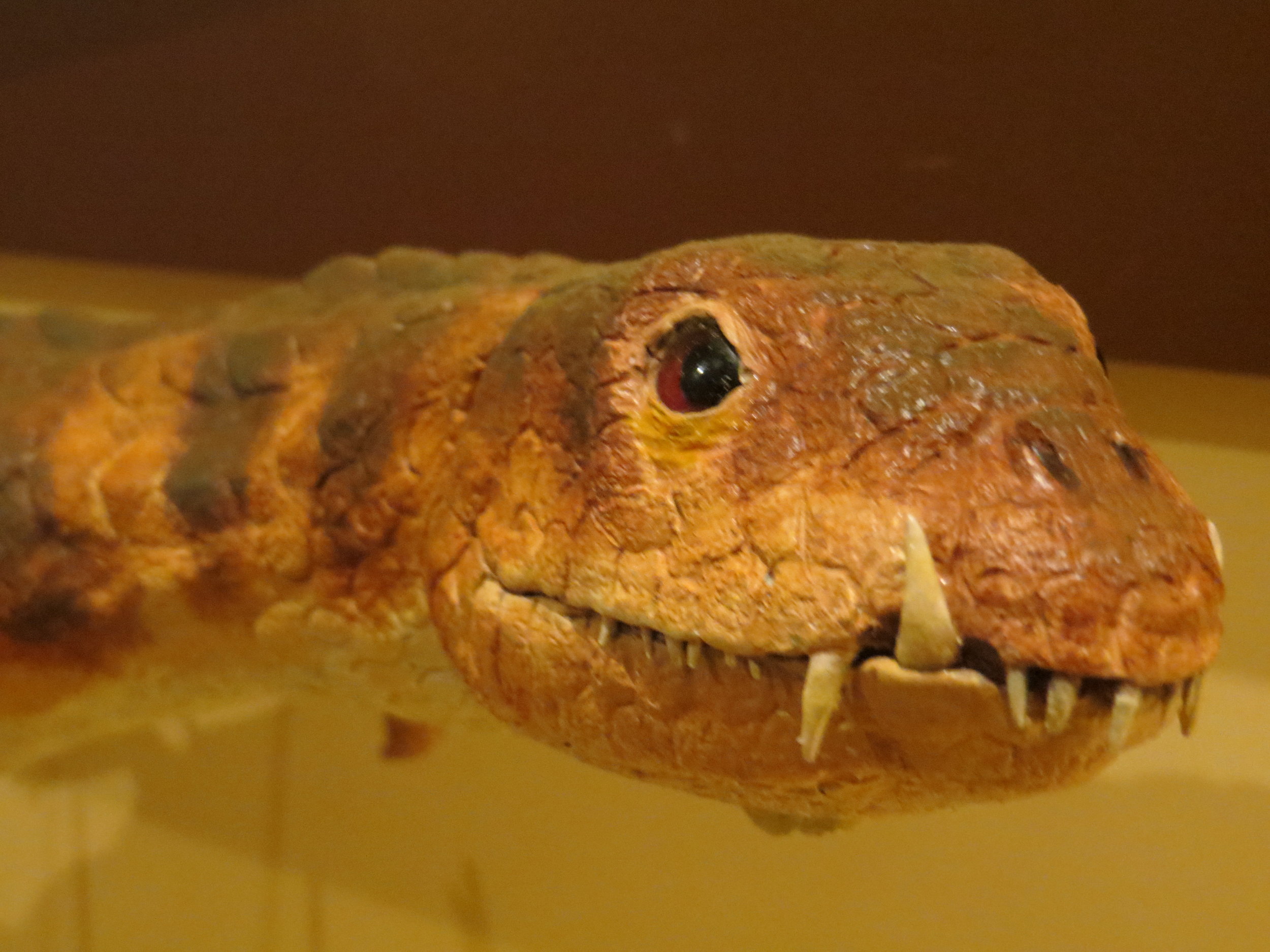
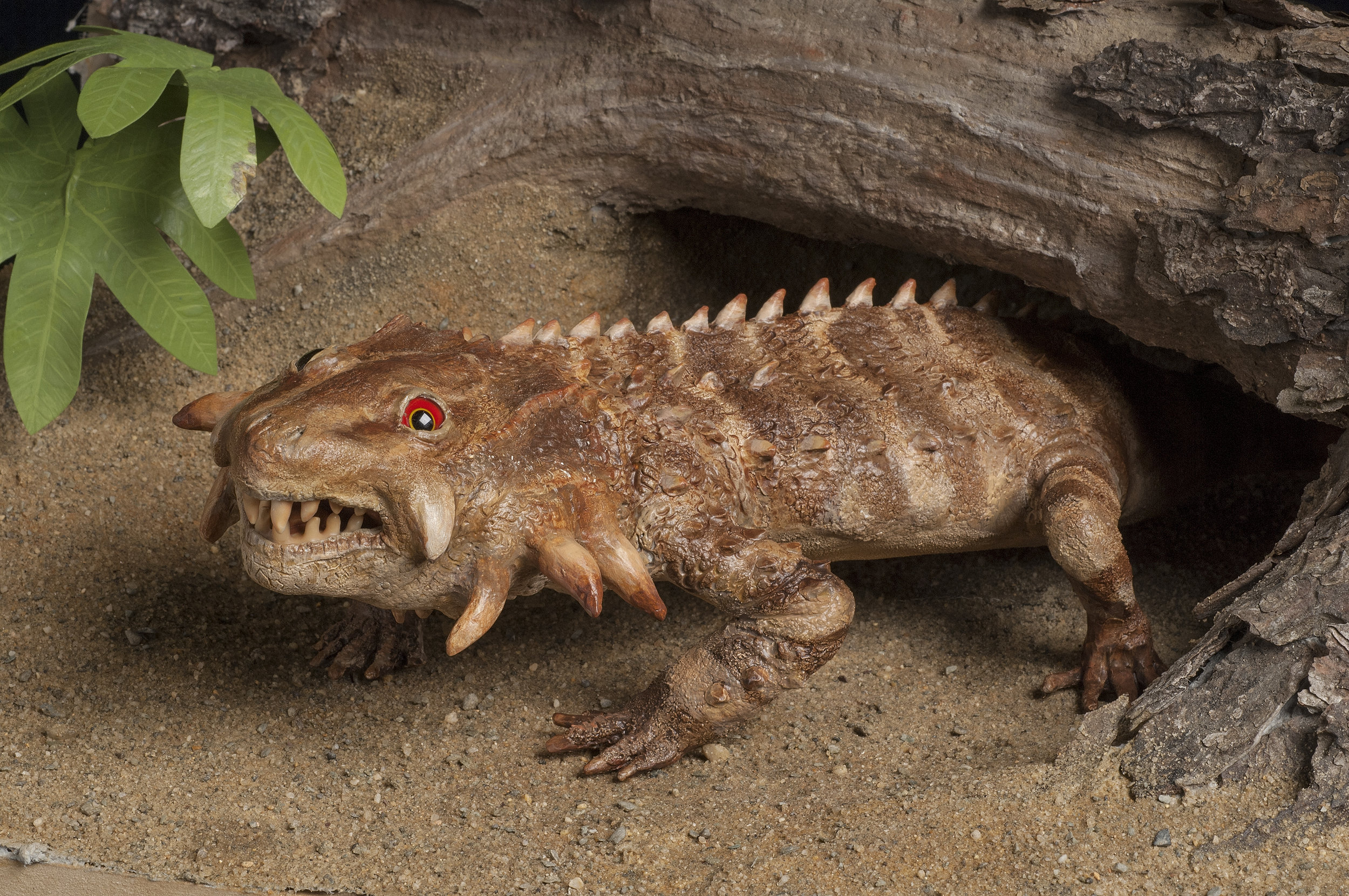
The dioramas went up next. For each extinct creature, we feature both fossil and reconstruction. The reconstructions were sculpted by our very own Sean Murtha throughout a year of work. First, they appeared as rough clay designs, wire legs still poking out unfinished. Then, details slowly appeared. I'd visit them one day and see glass eyes had been put in place. A few days later, scales would be sculpted into the clay.
Month by month, more animals came into being. For a long time they were finished but uncolored, sitting in the science collections while Sean worked on other exhibits. Then, they were finally painted and given life. It's times like this that remind me that the Bruce truly is a museum of both art and science.
Piece by piece, the rest of the exhibit came together. At its most chaotic moments, the floor became a minefield of priceless fossil dinosaur footprints. When you have entire walls of fossils to arrange, you find space for them wherever you can while you work on final positioning and design.
We wanted to show as many fossils as possible in the space available to us. At times, it felt like I was playing some sort of fossil footprint Tetris game, trying to fit as many footprints as possible into a single display case. We had to cut out a few of our planned specimens, but not many.
Even when a display looks complete, there are often last-minute adjustments. Here, we are discussing possible placements for labels. It might be easier to squeeze in labels that don't include so much background information, but there's too many interesting things to know about these fossils to cut anything out.
Now, Last Days of Pangea is finally complete. We couldn't be happier with the exhibit and think you'll enjoy it too. If you want to learn about what Connecticut was like in the final days of Pangea when the land was breaking apart, stop on by and see for yourself!
- Kate Dzikiewicz, Paul Griswold Howes Fellow


















